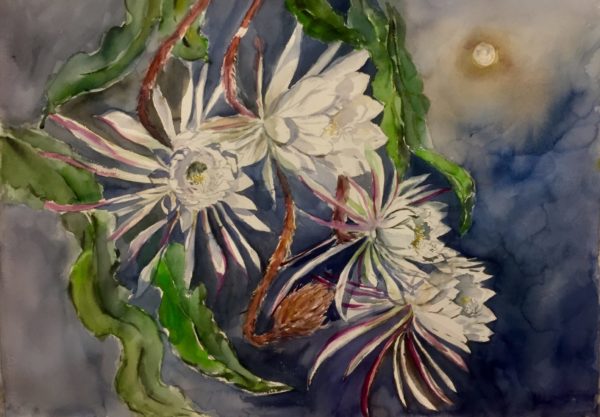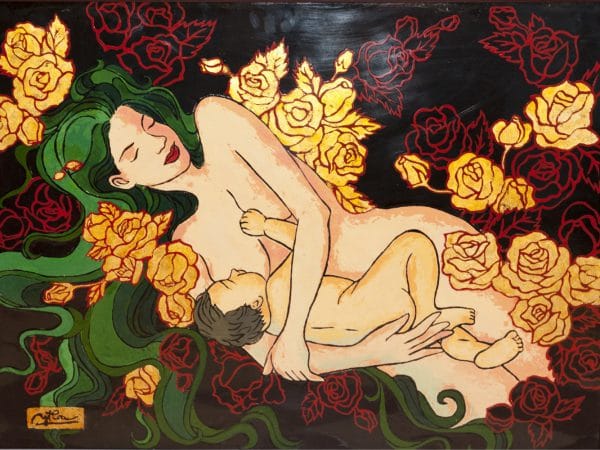No products in the cart.
Painting art is an extremely rich and diverse art. Commonly called a painting (or a painting), but in fact, there are many different types of paintings. And those who love paintings always have a need to learn about this art form, learn about the genres and characteristics of those genres, especially the good ones. One of the most confusing information that most art lovers would like to have an accurate and comprehensive overview, is information about the difference between lacquer painting and oil painting, two concepts, which are considered to be similar but few people can distinguish them. In this article, we will summarize some of the different characteristics between these two types of paintings for your reference and better understanding of the art of painting.
The first difference lies in the material in the picture. Material in oil painting is a type of painting made from pigment, usually in the form of a dry powder that has been thoroughly ground with linseed oil, walnut oil, safflower oil, or coriander oil. The materials in lacquer paintings are wood, paint, eggshells, mussels…
The second difference is the execution of the painting. The first is an oil painting. In order to paint oil paintings, the artist must know how to mix chemical reactions between pigments to create the colors and effects that they want. Oil painting has the advantages of waterproof, ductility and strong coverage. Oil paintings are non-volatile and usually dry completely in as little as two weeks, with some colors even drying in a few days. Letting an oil painting dry to frame or roll up depends on the top layer of oil paint. After it is completely dry, a layer of glossy varnish can be added to make the picture feel more shiny. An oil painting can keep its beauty for at least 30 years, especially if preserved well, up to 80 or even 100 years. Oil painting is a type of painting with seemingly endless gradation, the paint layer can change from as thin as watercolor to as thick as a relief depending on how the artist mixes the colors. Oil paintings are both clear and deep, and can achieve very high color saturation. Although there are many advantages, but oil paintings still have a few disadvantages such as slow drying or some pigments in the paint can be toxic and easily damaged under inappropriate temperature and humidity conditions. In addition, the mixing ability of oil paints is relatively poor, although it can be mixed with other colors.
In contrast to oil painting, lacquer painting is difficult to do. It is highly dependent on the paint product and color available, the colors are usually inorganic. Although inorganic pigments can be mixed, it is strongly dominated by the brilliance and prominence of the gold, silver, eggshell, lacquer, and jet black substances of the paint. Lacquer painting requires an almost absolute flat surface and must have a glossy finish that does not accept protrusions, blurs or ripples. The more glossy the painting, the higher the skill level of the artist. And that’s why a lacquer work, if it lacks gold, silver or eggshells, it will be considered a loss of quality. The paint used to paint lacquer paintings must not be too thick or thin. When painting, it must be evenly distributed, smooth, if the paint is thin, it will melt and deform the picture. After painting, it must be covered with a layer of optical paint and then annealed, when annealing will encounter many technical obstacles that make the picture easily damaged. After drying, the surface of the painting will be hard, then it will be removed to grind, creating the necessary flatness to continue the planned stages until the remaining stages are completed. In addition to shaping, lacquer artists must know how to exploit the coating process, temper it many times, know how to make use of gold and silver, eggshells and grinding stages, because these things show talent and creative thinking, and the level of the artist.
Lacquer painting or oil painting, both types of paintings have their own advantages and disadvantages, and have their own unique and distinctive features. It is difficult to say or distinguish which type of painting is more beautiful, because its beauty depends on the artistic eye and the perceptive eye of each person.


